Growing Focus on Rehabilitation and Mobility
The Prosthetics and Orthotics Market is increasingly emphasizing rehabilitation and mobility solutions for individuals with limb loss or disabilities. Healthcare systems are recognizing the importance of comprehensive rehabilitation programs that incorporate advanced prosthetic and orthotic devices. This focus is reflected in the rising investments in rehabilitation facilities and technologies, which aim to enhance patient outcomes. Market data indicates that the rehabilitation services segment is expected to grow at a significant rate, driven by the demand for personalized care and improved mobility solutions. As healthcare providers prioritize patient-centered approaches, the Prosthetics and Orthotics Market is likely to expand, offering innovative solutions that cater to diverse needs.
Increased Government Initiatives and Funding
The Prosthetics and Orthotics Market benefits from increased government initiatives and funding aimed at improving healthcare access for individuals with disabilities. Various governments are implementing policies to support the development and distribution of prosthetic and orthotic devices, recognizing their critical role in enhancing quality of life. Funding programs and subsidies are being introduced to alleviate the financial burden on patients, thereby increasing accessibility to advanced solutions. This supportive environment is expected to stimulate market growth, as manufacturers and healthcare providers collaborate to meet regulatory standards and improve service delivery. The ongoing commitment to enhancing healthcare infrastructure suggests a promising outlook for the industry.
Rising Incidence of Limb Loss and Disabilities
The Prosthetics and Orthotics Market is witnessing a notable increase in the incidence of limb loss and disabilities, which is driving demand for prosthetic and orthotic solutions. Factors such as diabetes, vascular diseases, and traumatic injuries contribute to this rise. According to recent data, the prevalence of diabetes-related amputations is expected to increase, leading to a higher need for prosthetic devices. This trend indicates a growing market opportunity, as healthcare providers and manufacturers strive to meet the needs of an expanding patient population. The increasing awareness of rehabilitation options and advancements in prosthetic technology further support this demand, suggesting a robust future for the industry.
Rising Awareness and Acceptance of Prosthetic Solutions
The Prosthetics and Orthotics Market is experiencing a shift in societal attitudes towards prosthetic solutions, leading to increased awareness and acceptance. Educational campaigns and advocacy efforts are playing a crucial role in changing perceptions about limb loss and the benefits of prosthetic devices. As more individuals share their success stories, the stigma associated with prosthetics diminishes, encouraging others to seek solutions. Market Research Future indicates that this growing acceptance is likely to drive demand for innovative prosthetic and orthotic products. Furthermore, as technology continues to advance, the appeal of these devices increases, suggesting a positive trajectory for the industry as it adapts to changing societal norms.
Technological Advancements in Prosthetics and Orthotics
The Prosthetics and Orthotics Market is currently experiencing a surge in technological advancements that are reshaping the landscape of limb replacement and support devices. Innovations such as 3D printing, robotics, and smart materials are enhancing the functionality and comfort of prosthetic and orthotic devices. For instance, the integration of sensors and artificial intelligence allows for real-time adjustments, improving user experience and mobility. The market is projected to grow significantly, with estimates suggesting a compound annual growth rate (CAGR) of over 6% in the coming years. This growth is driven by the increasing demand for advanced prosthetic solutions that cater to individual needs, thereby expanding the market's reach and potential.


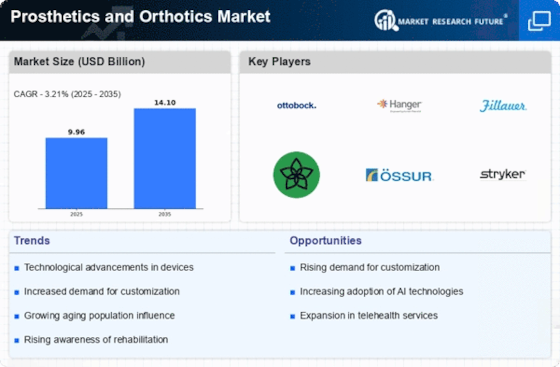
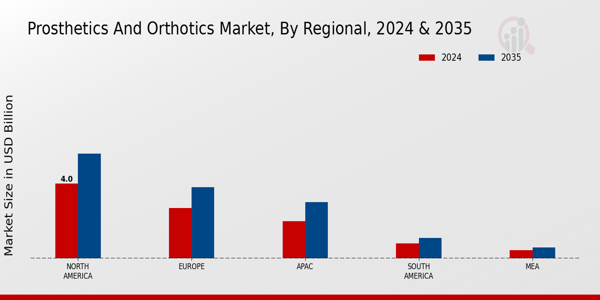
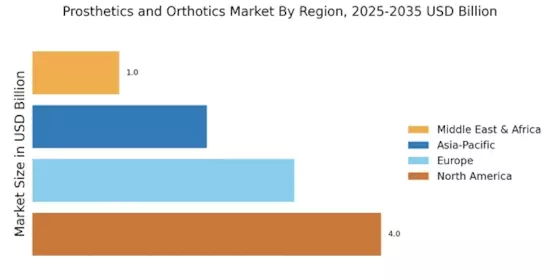



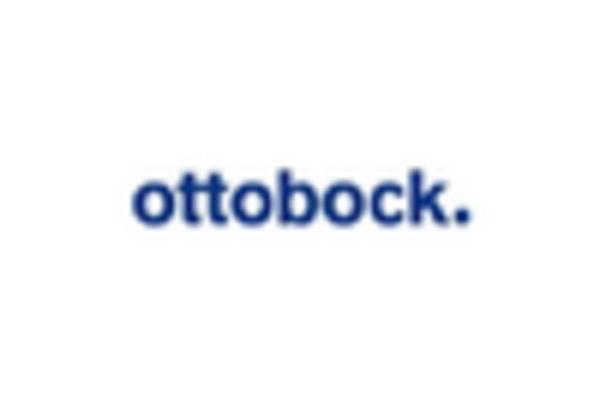

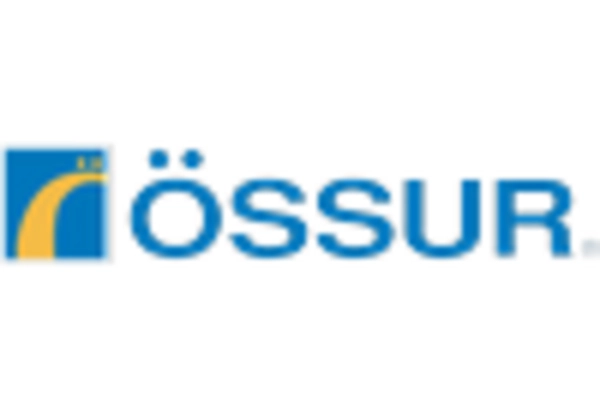








Leave a Comment